Don’t hide that career gap on your résumé. Own it
Career gaps have become commonplace in people’s work history, yet job seekers still feel the need to hide them—a strategy experts warn is likely to backfire. According to a recent survey conducted by MyPerfectResume, 47% of American workers have taken a break from work. Despite how common those breaks have become, 38% are “highly concerned” about how it will affect their future job prospects, and 30% believe employers will consider it a “major red flag.” “During the pandemic, there was so much shifting in the workplace—lots of people getting laid off or stepping out of work to manage caregiving responsibilities—and you might have thought this need for a linear career path would have maybe diminished,” says MyPerfectResume career expert Jasmine Escalera. “What the data tells us is that there is an enduring stigma. It still affects how employees see their career prospects.” That stigma, according to Escalera, is adopted from a bygone era when most workers remained at the same employer for the majority or entirety of their careers, and when a break from that pattern signaled a performance or loyalty issue. “It’s so old-school and comes from the way corporate America was set up in the past. But it doesn’t fit the times we’re actually in,” she says. Not all career gaps, however, are received the same. According to the survey, respondents are most sympathetic to medical or caregiving leaves, followed by a return to school. However, the most common career gaps were the result of layoffs or company restructuring, career transitioning, mental health needs, or termination. Hiding a career gap is worse than having a career gap Ironically, according to the MyPerfectResume survey, a career gap itself can often be less damaging to a candidate’s prospects than any attempts made to hide it. In the survey, nearly two-thirds of those with career gaps said they keep that information off their application and only discuss it if the hiring manager asks about it directly, while 4 percent admit to lying about it outright. Only one in five people say they address the gap directly. “Earlier in my career, it was common when an employee had a gap in their résumé, and to try to cover that by stretching the date they left and the date they started another job. Don’t do that,” says Jim Link, chief human resources officer for the Society for Human Resource Management (SHRM). “The first thing the employer is going to do is verify backgrounds and employment dates, and call your references. And even if it’s a month or two off, that’s going to raise red flags.” No matter the reason for the career break, Link emphasizes that it is always better to be transparent instead of trying to hide the truth and risking getting caught. No matter the reason, he says, employers would rather know than be left guessing, or worse, feeling deceived. “We will look at someone who has a criminal history for employment in our organization, and I know hundreds of other employers like that,” he says. “Even in those circumstances, I believe that the truth is the absolute right thing to present, because employers who believe in second chances just want that candidate to say what happened, what they were convicted of, and why they are worthy of a second chance.” Shift the narrative from past to future When it comes to career gaps, honesty is always the best policy, though candidates are advised to be tactful in how they present it. “A gap isn’t a red flag; it’s a story to be told—the problem is that most people don’t know how to tell that story,” says career coach, author, and podcast host Marlo Lyons. “You have to own the narrative about the gap.” Key to owning that narrative, Lyons says, is offering an explanation that focuses on what was learned or accomplished during the time away from work. “For example, if you took time away to be a caregiver, you would say, ‘I took time away to care for a family member, and now I’m energized to return to work,’” she says. “Or ‘I took a pause in my career to figure out exactly what I want. And after taking that time, I know this job is exactly what I want.’ So, it’s all about positioning, and being future oriented.” According to data provided by LinkedIn, 2.7 million professionals have added a career break to their profiles, and 67% say they gained valuable skills during the absence. Whether that time was spent traveling, caring for a loved one, overcoming a medical challenge, going back to school, or simply job searching, Lyons says there are almost always employable skills to draw from those experiences. “If you’ve taken time off to travel, highlight cultural fluency, adaptability, and language skills,” she says. “Same with volunteering. You do not have to get paid to put it on your résumé.” Address it early Employment gaps left unexplained can leave recruiters guessing, and for more competitive positions, some might not give candidates the chance to exp

Career gaps have become commonplace in people’s work history, yet job seekers still feel the need to hide them—a strategy experts warn is likely to backfire.
According to a recent survey conducted by MyPerfectResume, 47% of American workers have taken a break from work. Despite how common those breaks have become, 38% are “highly concerned” about how it will affect their future job prospects, and 30% believe employers will consider it a “major red flag.”
“During the pandemic, there was so much shifting in the workplace—lots of people getting laid off or stepping out of work to manage caregiving responsibilities—and you might have thought this need for a linear career path would have maybe diminished,” says MyPerfectResume career expert Jasmine Escalera. “What the data tells us is that there is an enduring stigma. It still affects how employees see their career prospects.”
That stigma, according to Escalera, is adopted from a bygone era when most workers remained at the same employer for the majority or entirety of their careers, and when a break from that pattern signaled a performance or loyalty issue.
“It’s so old-school and comes from the way corporate America was set up in the past. But it doesn’t fit the times we’re actually in,” she says.
Not all career gaps, however, are received the same.
According to the survey, respondents are most sympathetic to medical or caregiving leaves, followed by a return to school. However, the most common career gaps were the result of layoffs or company restructuring, career transitioning, mental health needs, or termination.
Hiding a career gap is worse than having a career gap
Ironically, according to the MyPerfectResume survey, a career gap itself can often be less damaging to a candidate’s prospects than any attempts made to hide it.
In the survey, nearly two-thirds of those with career gaps said they keep that information off their application and only discuss it if the hiring manager asks about it directly, while 4 percent admit to lying about it outright. Only one in five people say they address the gap directly.
“Earlier in my career, it was common when an employee had a gap in their résumé, and to try to cover that by stretching the date they left and the date they started another job. Don’t do that,” says Jim Link, chief human resources officer for the Society for Human Resource Management (SHRM). “The first thing the employer is going to do is verify backgrounds and employment dates, and call your references. And even if it’s a month or two off, that’s going to raise red flags.”
No matter the reason for the career break, Link emphasizes that it is always better to be transparent instead of trying to hide the truth and risking getting caught. No matter the reason, he says, employers would rather know than be left guessing, or worse, feeling deceived.
“We will look at someone who has a criminal history for employment in our organization, and I know hundreds of other employers like that,” he says. “Even in those circumstances, I believe that the truth is the absolute right thing to present, because employers who believe in second chances just want that candidate to say what happened, what they were convicted of, and why they are worthy of a second chance.”
Shift the narrative from past to future
When it comes to career gaps, honesty is always the best policy, though candidates are advised to be tactful in how they present it.
“A gap isn’t a red flag; it’s a story to be told—the problem is that most people don’t know how to tell that story,” says career coach, author, and podcast host Marlo Lyons. “You have to own the narrative about the gap.”
Key to owning that narrative, Lyons says, is offering an explanation that focuses on what was learned or accomplished during the time away from work.
“For example, if you took time away to be a caregiver, you would say, ‘I took time away to care for a family member, and now I’m energized to return to work,’” she says. “Or ‘I took a pause in my career to figure out exactly what I want. And after taking that time, I know this job is exactly what I want.’ So, it’s all about positioning, and being future oriented.”
According to data provided by LinkedIn, 2.7 million professionals have added a career break to their profiles, and 67% say they gained valuable skills during the absence.
Whether that time was spent traveling, caring for a loved one, overcoming a medical challenge, going back to school, or simply job searching, Lyons says there are almost always employable skills to draw from those experiences.
“If you’ve taken time off to travel, highlight cultural fluency, adaptability, and language skills,” she says. “Same with volunteering. You do not have to get paid to put it on your résumé.”
Address it early
Employment gaps left unexplained can leave recruiters guessing, and for more competitive positions, some might not give candidates the chance to explain.
As opposed to hiding gaps, addressing them with a sense of embarrassment, or waiting to be asked, Lyons encourages job seekers to share their story proactively. “It’s critical, both on the résumé and when you’re asked to walk them through your résumé [in interviews], that you address the gap very confidently and clearly,” she says.
Those who spent some of their time away from work volunteering, taking courses, consulting, or networking are encouraged to add those points to their résumé directly. Those that left work to travel, pivot their careers, manage a medical need, or be a caregiver can also offer a brief explanation in their cover letters, emphasizing the lessons learned from those experiences.
“The simpler it is, the more authentic it will be received, and the recruiter can then move on to the next question,” Lyons says. “It’s when you don’t fill in the gap, or when you stumble, or when you try to talk around what happened in that situation—that’s where the red flag comes in.”


































































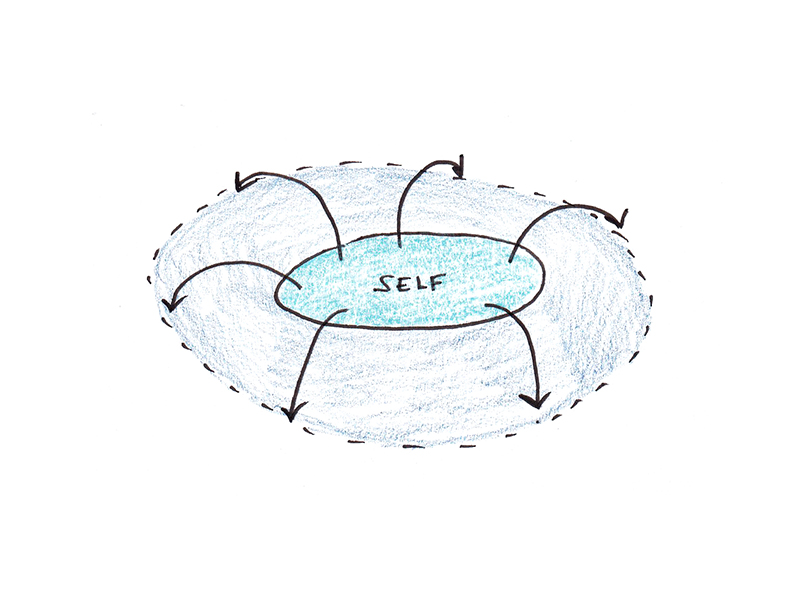
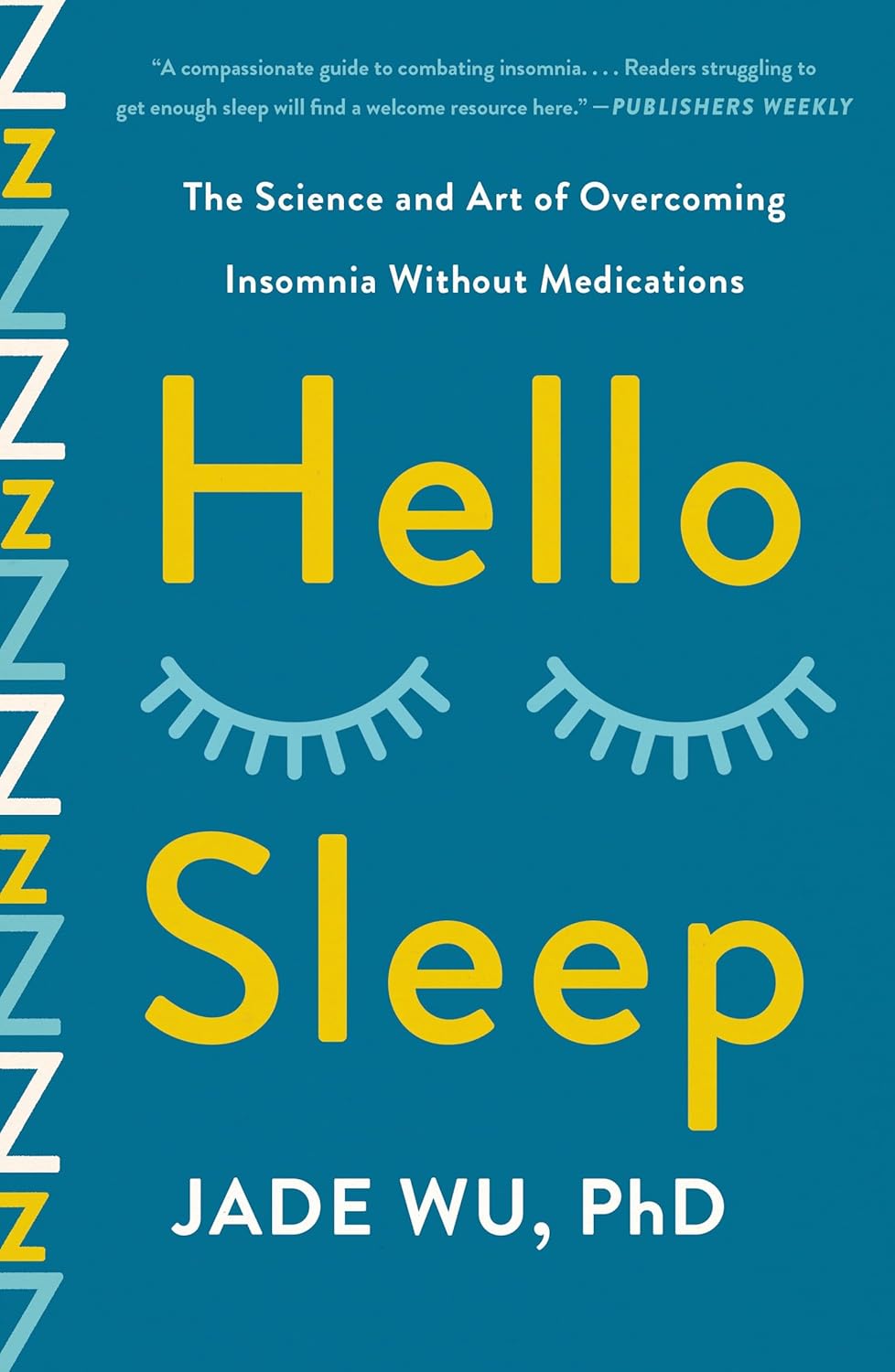
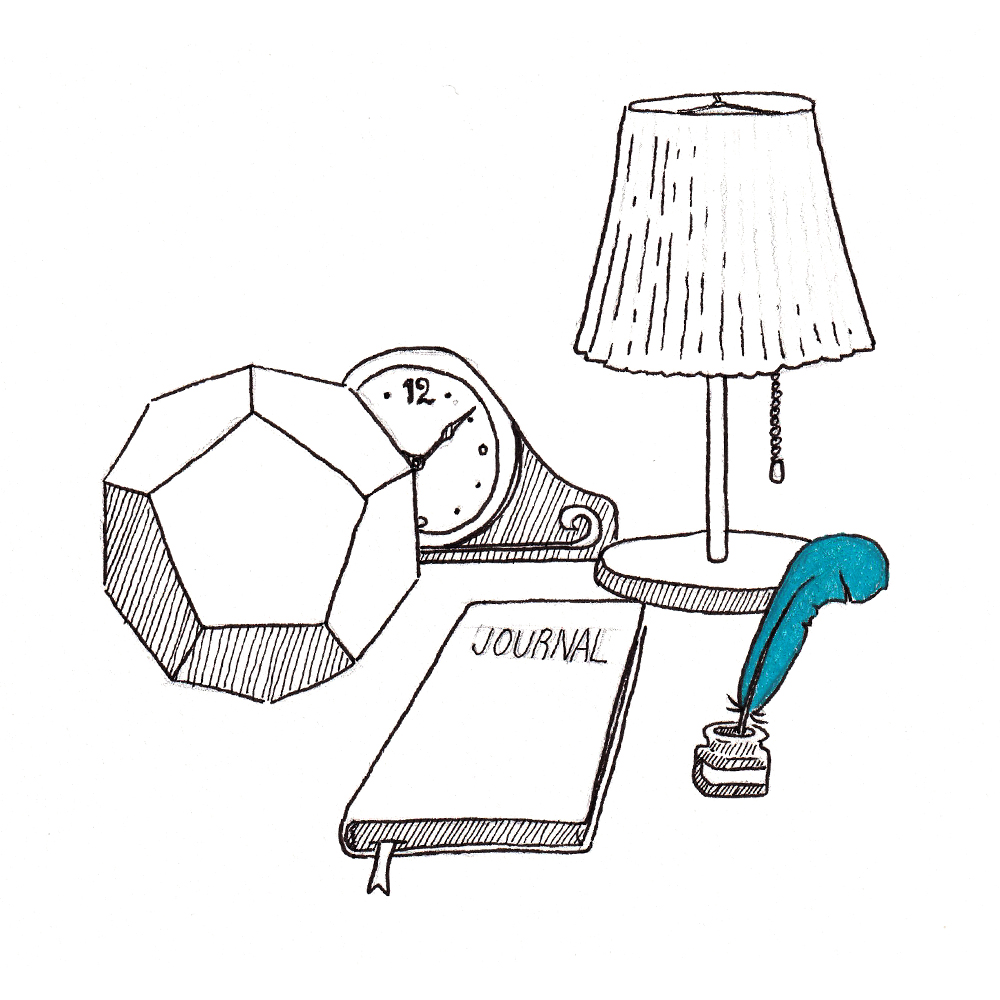



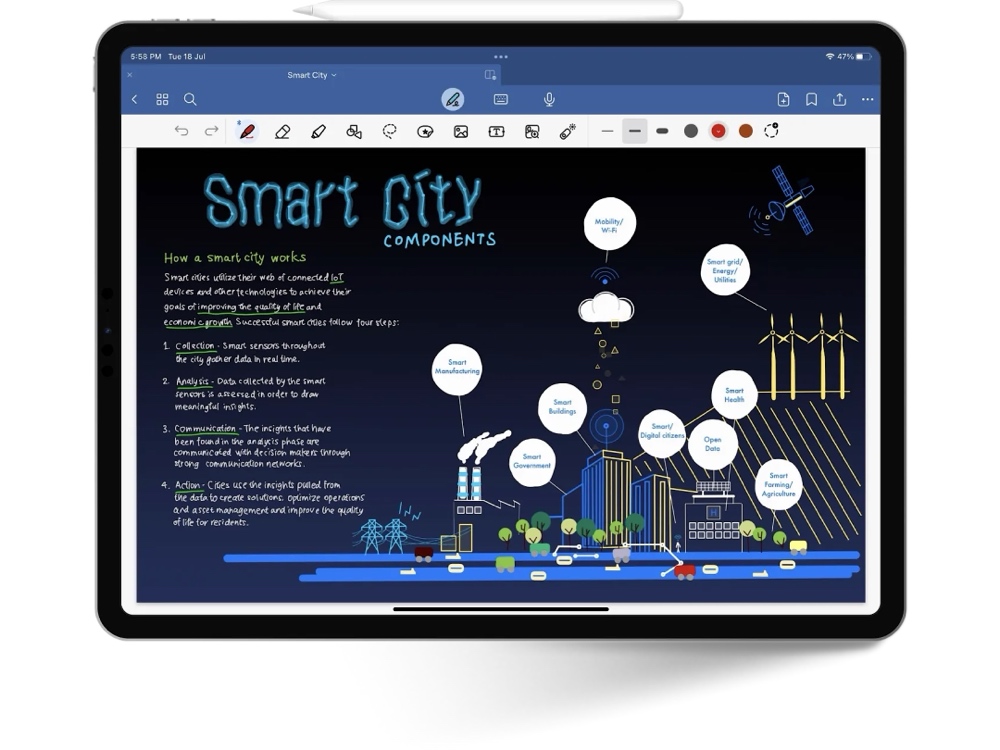

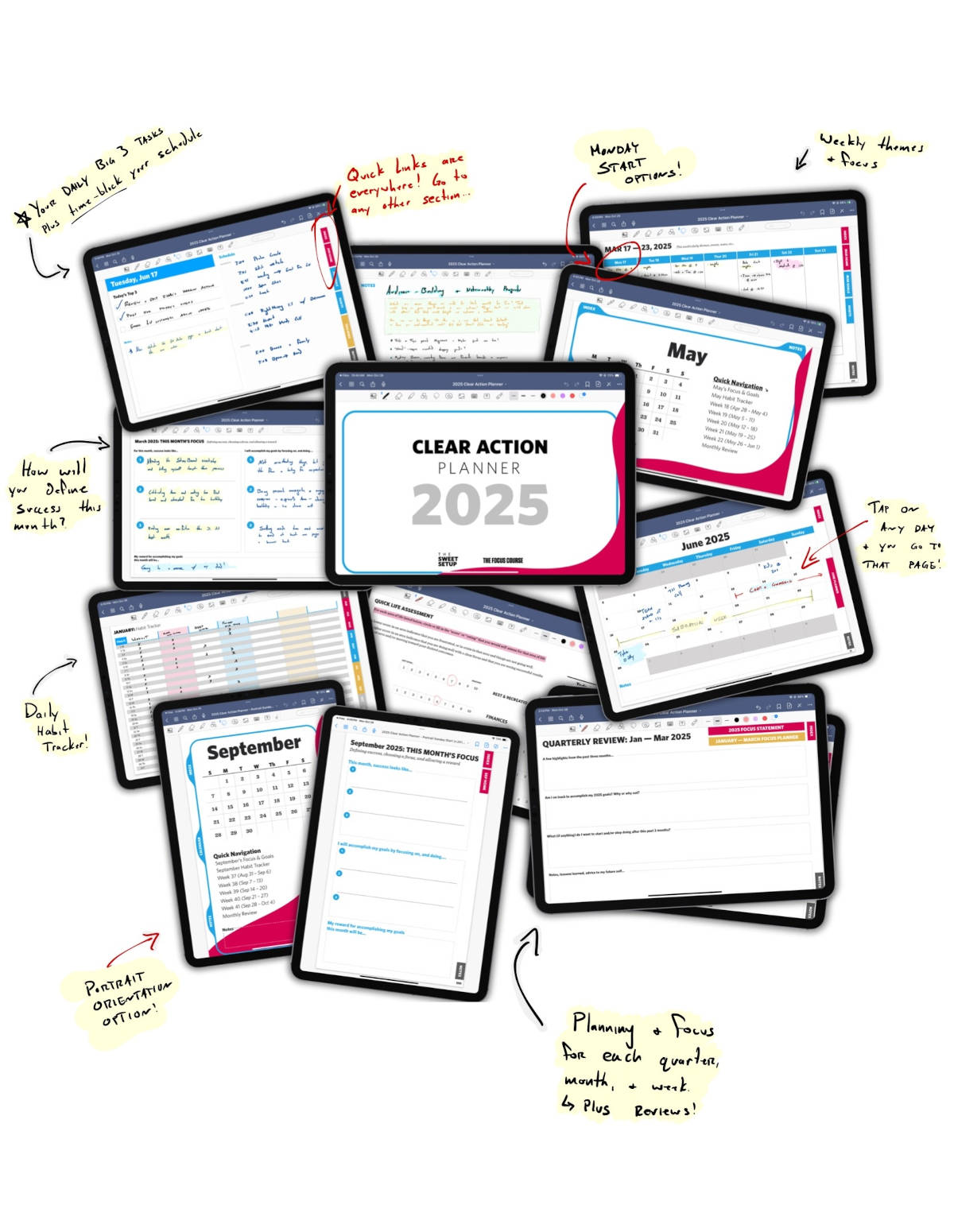
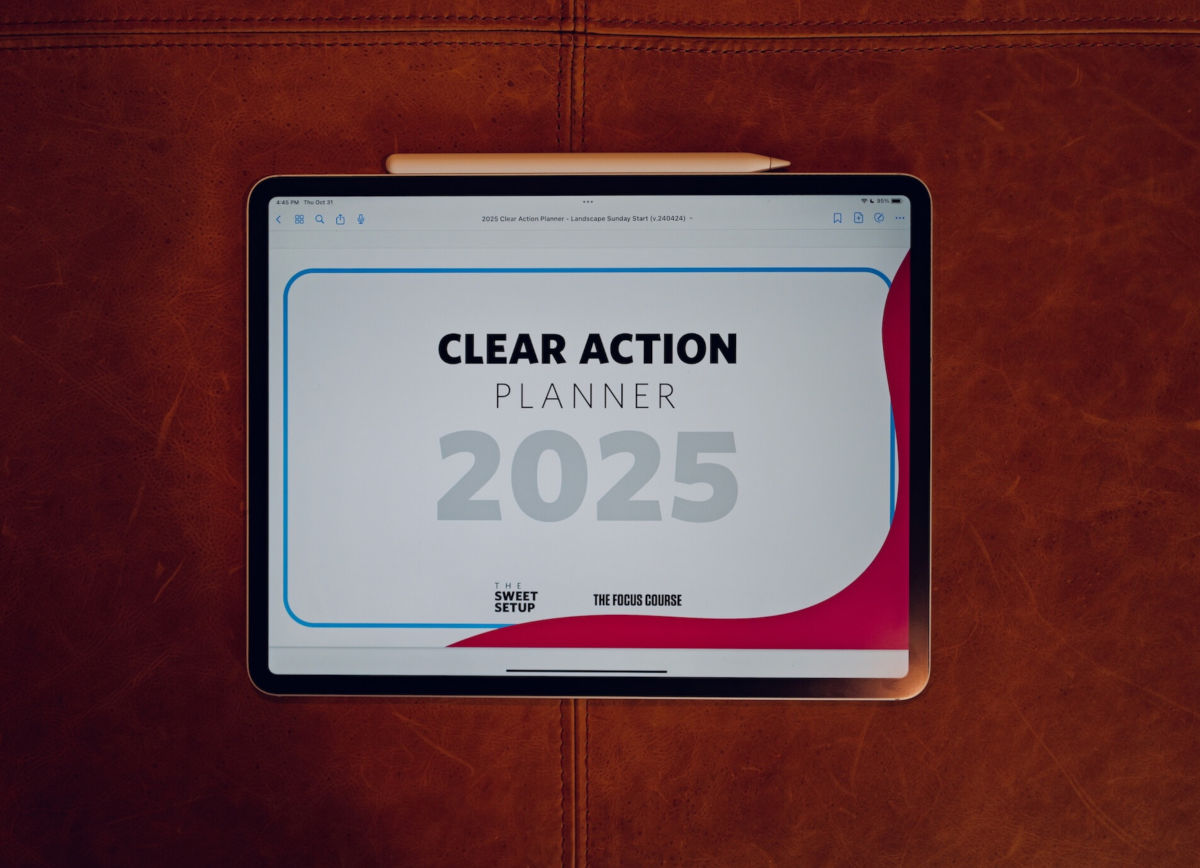
![[產品開發] 將軍事命令導入溝通流程](https://miro.medium.com/v2/resize:fit:1200/1*MnyU12wgliMdDNzilW1XTQ.jpeg)



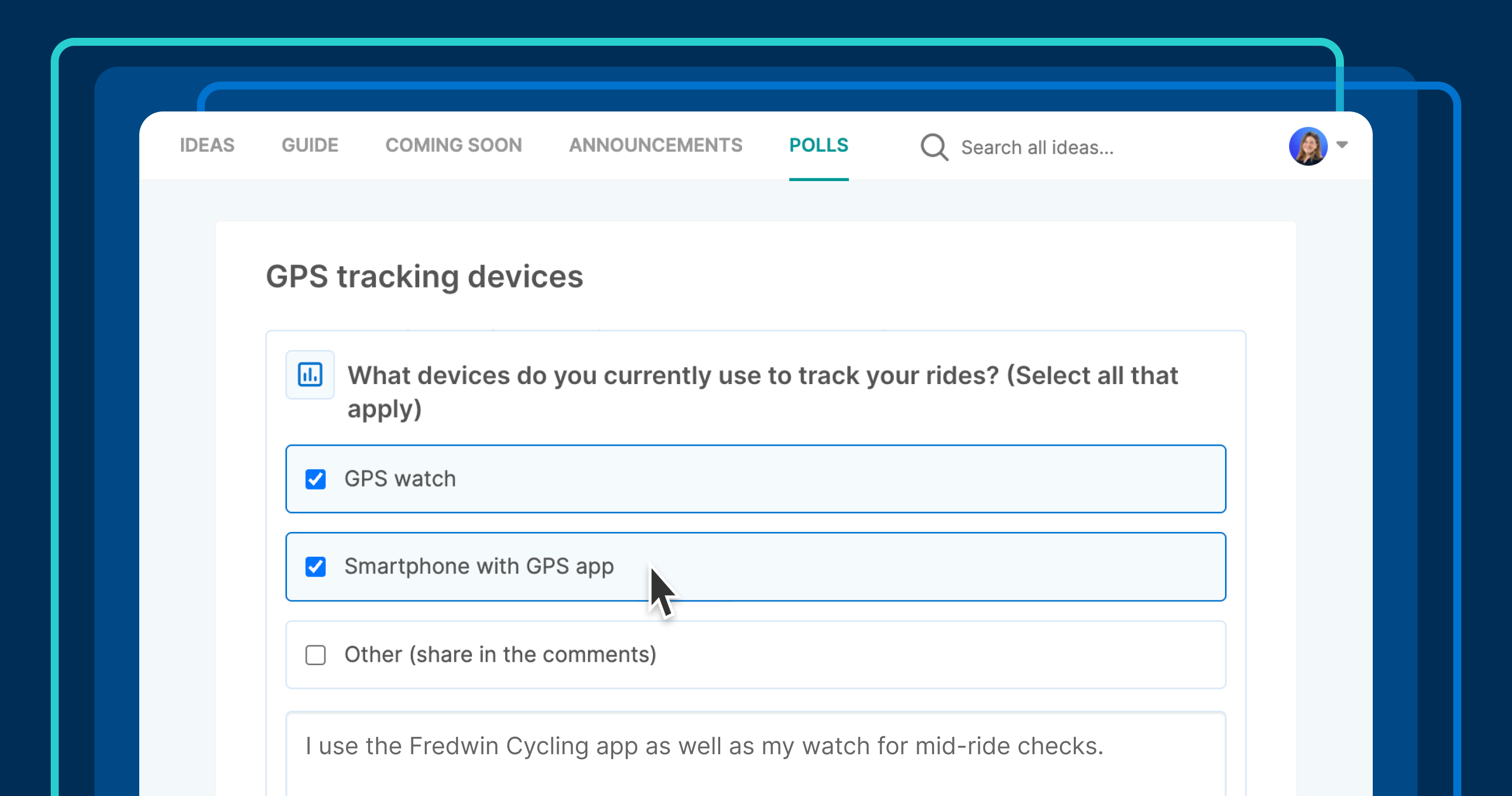








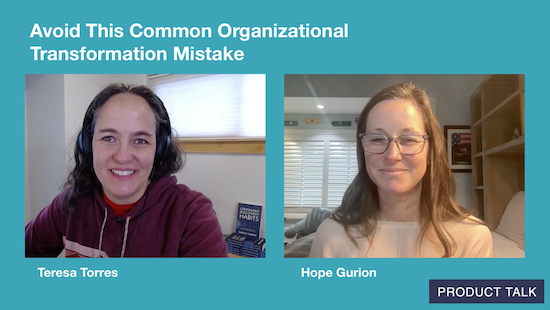
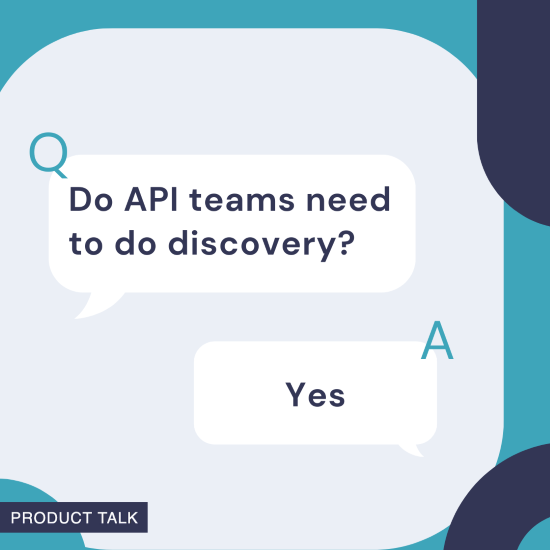









![Building A Digital PR Strategy: 10 Essential Steps for Beginners [With Examples]](https://buzzsumo.com/wp-content/uploads/2023/09/Building-A-Digital-PR-Strategy-10-Essential-Steps-for-Beginners-With-Examples-bblog-masthead.jpg)


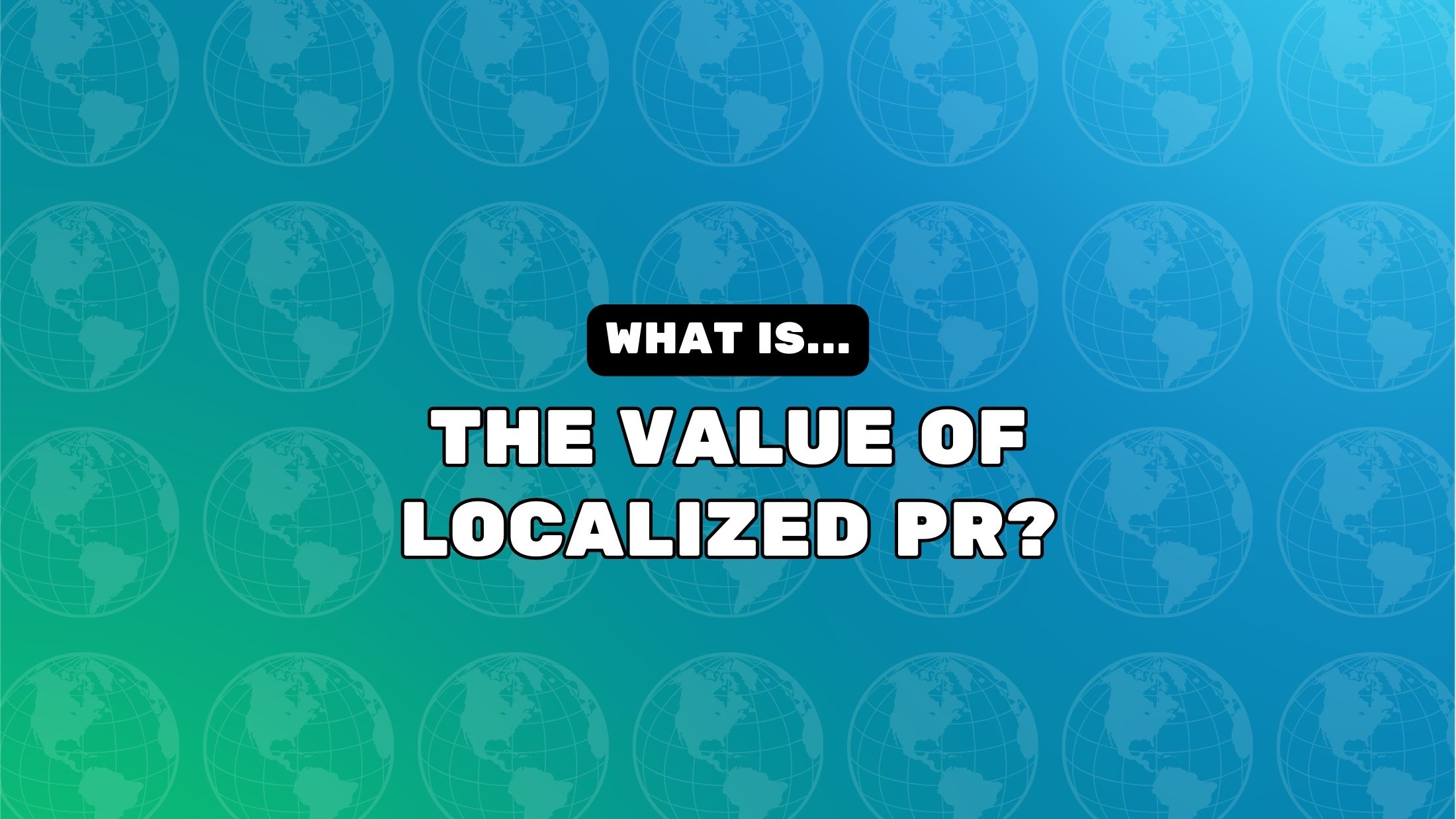


























![Senior Support Engineer - US West [IC3] at Sourcegraph](
https://nodesk.co/remote-companies/assets/logos/sourcegraph.f91af2c37bfa65f4a3a16b8d500367636e2a0fa3f05dcdeb13bf95cf6de09046.png
)




















